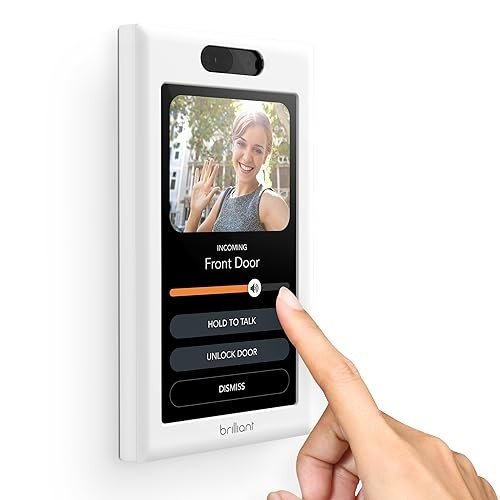Interior Lighting in the UK: A Comprehensive Guide
Interior lighting plays an important role in producing an environment, boosting functionality, and expressing personal style within homes and businesses. In the UK, where the weather can be unpredictable, reliable lighting is not just about looks but also about making areas feel warm, inviting, and practical. This post explores different aspects of interior lighting, encompassing types, patterns, ideas, and frequently asked concerns.
Understanding the Importance of Interior Lighting
Lighting is typically considered the backbone of interior decoration. It affects mood, performance, and the perceived size of spaces. The best lighting can:
- Enhance the architectural features of a room.
- Highlight art work and decoration.
- Improve security and security.
- Influence performance in work spaces.
- Create a comfortable ambiance for relaxation.
Types of Interior Lighting
Reliable lighting design typically includes three main types of lighting: ambient, task, and accent.
1. Ambient Lighting
This is the primary source of light in a room, providing total lighting. Common sources consist of:
- Ceiling-mounted fixtures
- Chandeliers
- Recessed lighting
- Soft wall sconces
Ambient lighting creates a structure from which other lighting types can build on.
2. Job Lighting
Job lighting concentrates on specific locations to help with activities such as reading, cooking, or working. This kind of lighting helps to decrease eye stress and can dramatically impact functionality. Common sources consist of:
- Desk lamps
- Under-cabinet lights in kitchen areas
- Reading lamps beside beds
- Mounted lights focused on work surface areas
3. Accent Lighting
Accent lighting adds drama and highlights particular items or locations, such as art work or architectural functions. This kind of lighting can develop visual interest and depth in an area. Sources consist of:
- Picture lights
- Decorative lamps
- Uplighters
- LED strip lights along shelves
Using a combination of these lighting types can result in a well-balanced and multifunctional space.
Popular Lighting Trends in the UK
The interior lighting landscape in the UK continues to progress, influenced by style patterns, technology, and customer choices. Here are some popular patterns to enjoy:
- Smart Lighting: The development of smart innovation has actually transformed how people manage lighting in their homes. go source and systems like Philips Hue enable users to manage brightness and color temperature level by means of their smartphones.
- Minimalist Designs: Sleek, easy designs that blend effortlessly with interiors are dominating the market. Pendant lights with delicate frames, LED strips, and geometric shapes are particularly trendy.
- Industrial Lighting: This pattern showcases raw, revealed products. Metal fixtures and Edison bulbs use a vintage touch that is both stylish and practical.
- Eco-Friendly Options: With increasing awareness of sustainability, lots of customers are turning to energy-efficient LED options and fixtures made from sustainable materials.
Tips for Effective Interior Lighting Design
Creating an effective lighting plan needs thoughtful factor to consider of numerous aspects. Here are some suggestions:
- Consider the Purpose of Each Room: Every space has a different function. Consider what activities will occur and what kind of lighting will support those activities.
- Layer Lighting: Employ numerous kinds of lighting within a room to produce depth and versatility. Combine ambient, job, and accent lighting to boost both visual appeals and functionality.
- Usage Dimmers: Dimmers permit control over brightness levels, making it possible for users to adjust lighting according to state of mind and time of day.
- Incorporate Natural Light: Make the many of natural source of lights like windows. Usage light, reflective colors for walls and home furnishings to maximize brightness.
- Believe About Color Temperature: Different color temperature levels (measured in Kelvins) develop different atmospheres. Warmer temperatures (around 2700K-3000K) are comfortable, while cooler temperature levels (4000K+) provide a more clinical or energetic feel.
Interior Lighting Mistakes to Avoid
To develop a well-lit space, it's vital to prevent common lighting risks. Here are some mistakes to enjoy for:
- Underestimating Wattage: Insufficient wattage can lead to dim, unwelcoming areas.
- Disregarding Scale: Fixtures that are too small for a room can keep an eye out of place, while large fixtures can overwhelm an area.
- Over-reliance on Ceiling Lights: Relying exclusively on overhead lighting can produce uninviting shadows; balance with extra lighting types.
- Poor Placement: Misplaced lights can create locations that are too intense or too dark. Plan placements attentively.
FAQ Section
1. What is the distinction between warm white and cool white light?
Warm white light (2700K to 3000K) develops a cozy, welcoming atmosphere, ideal for living rooms and bed rooms, while cool white light (4000K to 5000K) is more fit for work spaces as it improves concentration and clarity.
2. How can I maximize natural light in my home?
To make the most of natural light, use light-colored walls, tactically location mirrors to show light, and select sheer window coverings that enable sunshine to travel through.
3. How do I pick the ideal light?
Consider the size of your area, the design of your decor, and the function of the location. Ensure the scale of fixtures complements the room and matches the overall visual.
4. Are LED lights better than traditional bulbs?
Yes, LED lights are more energy-efficient, have a longer life-span, and can supply a series of color temperature levels, making them a more sustainable lighting option.
5. What should I do if particular locations of my room remain too dark?
Think about adding extra job or accent lighting to lighten up those locations. Floor lamps, wall sconces, or perhaps strategically placed table lamps can help alleviate dark areas.
Interior lighting is a vital element of home and business design across the UK. Understanding the various types, existing trends, and best practices can assist residential or commercial property owners in producing spaces that are not only trendy but also practical. With thoughtful consideration and planning, effective lighting can transform any environment, boosting both ambiance and usability for years to come.

